
u-he are makers of award-winning software synthesisers and effects including Diva, Repro-1, Zebra2, Hive, Bazille, Presswerk and Satin.
Visit U-he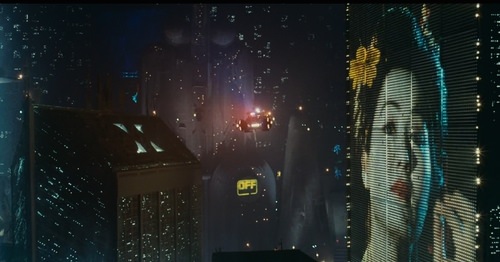

u-he are makers of award-winning software synthesisers and effects including Diva, Repro-1, Zebra2, Hive, Bazille, Presswerk and Satin.
Visit U-heSynth Secrets is a series of programming tutorials in which we show how to make a range of classic and new synth sounds using plugins such as Massive, Sylenth and Predator.
In this instalment of Synth Secrets we’ll be creating a lush electric piano-style patch inspired by some of the sounds Vangelis used to great effect on the Blade Runner soundtrack:
Audio PlayerHere’s a screengrab of the MIDI we’ve used for our hook. Note how we’ve kept the timing and velocity of the notes very loose:
We’re using U-he Diva for this walkthrough, however you will be able to create a similar sound with pretty much any virtual analogue soft synth.
Start by loading up an instance of Diva and initialise the synth by going to the Patches tab, clicking on 8 Templates from the list on the left and selecting INIT June-60. This initialises the synth to a state modelled on the classic Roland Juno-60 synth – perfect for our needs, with a single oscillator set to a sawtooth wave.
Audio Player
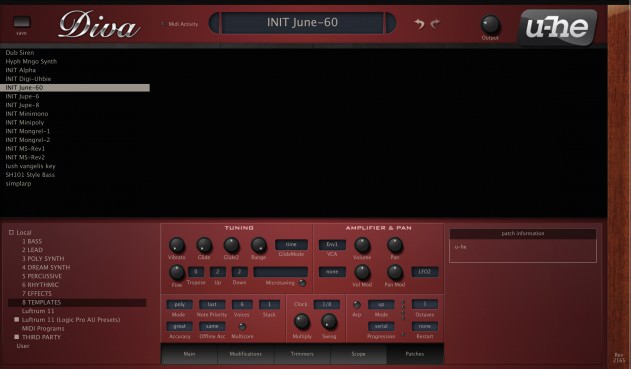
Now click on the Main tab to bring the synth back into view. We don’t need to do anything with the oscillator section so head straight to the filter section. Bring the cutoff down to 91.00 and push the Res (resonance) up to 88.00. Underneath the cutoff control you’ll see a control labelled ENV 2. This determines how much envelope modulation is applied to the cutoff frequency of the filter; push this up to 42.00.
Audio Player
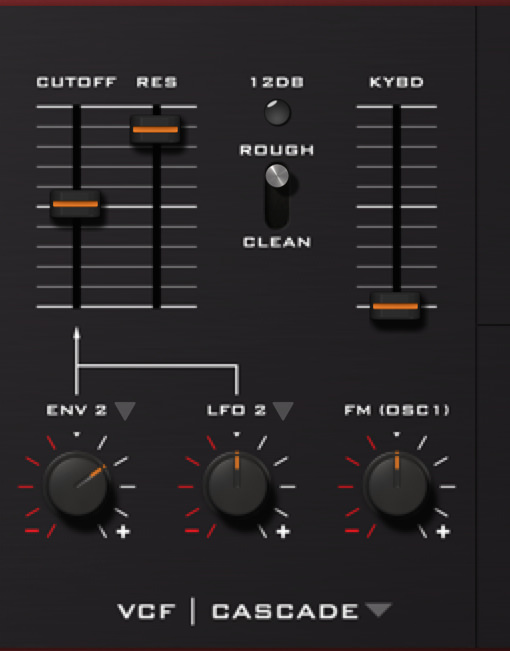
To the right of the filter section are the envelopes. Envelope 1 is the amplitude envelope. Take the decay (D) up to 64.00, the sustain (S) down to 0.00 and push the release (R) up slightly to 40.00. Now on envelope 2 (which is modulating the cutoff), bring the attack down to 0.00, the decay to 18.00, the sustain to 0.00 and the release to 56.00, which gives the sound that plucky electric piano-style vibe. To the right of both envelopes is a velocity control labelled VEL. Push both of these right up to 83.00. Making the patch velocity-sensitive means we can play very expressive passages, as in the intro example.
Audio Player
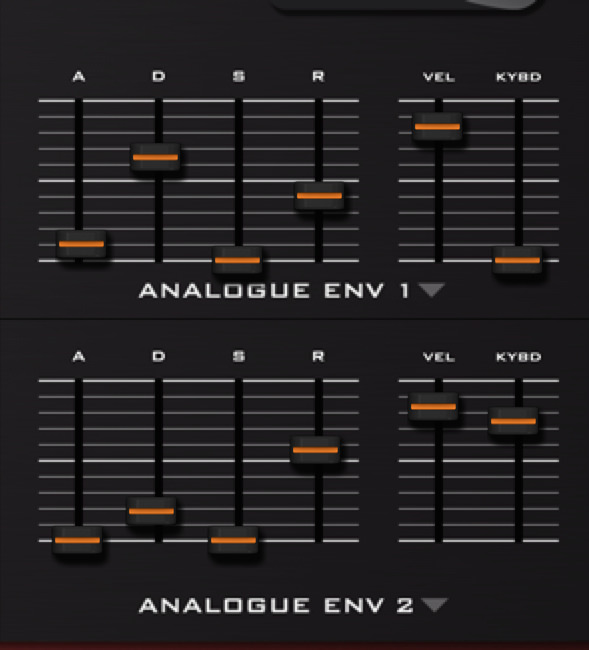
Next we need some effects to add depth, width, space and warmth. In the Effect 1 slot we have a chorus effect loaded already. Turn this on by clicking the circle next to the Chorus1 box so it turns red. Now, in the box below where it says Classic, click the drop-down menu and change this to Ensemble, which is an even richer sounding chorus effect. Take the Rate down to 20.50, the Depth up to 59.50 and pull the Wet down to 39.00.
Now for a big reverb to add that dreamy vibe. Turn on Effect 2 and in the box where it says Delay2 by default, select Plate2 instead. Take the Wet up to 59.00 and push the Decay up to 76.00. This is quite an extreme reverb effect, but it works well here, filling the space in between notes. A smaller reverb may be necessary if you want to play faster or busier melodic phrases.
Audio Player
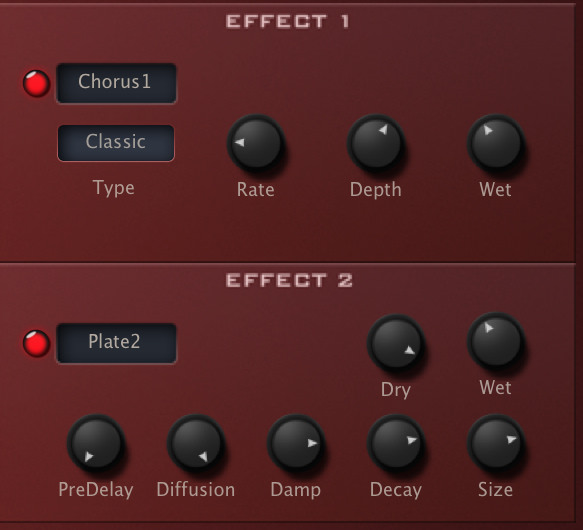
Playing back the phrase, you may notice quite a resonant frequency occurring around 700 Hz. We’ve used EQ here to notch this out and also swept the low frequencies out of the sound to eradicate any muddiness. The first bell EQ is taking out 9 dB at 666 Hz with a very narrow Q, while the second bell is taking out 10 dB at 700 Hz, again with a very narrow Q setting. The low cut is set to a 24 dB slope, cutting away anything below about 200 Hz.
Audio Player
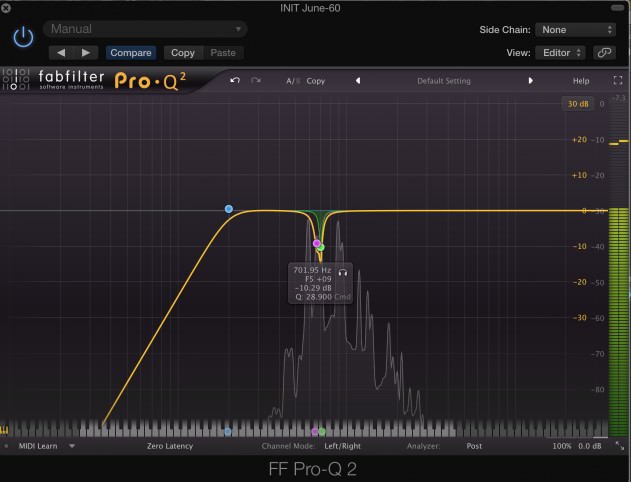
27th August, 2015

u-he are makers of award-winning software synthesisers and effects including Diva, Repro-1, Zebra2, Hive, Bazille, Presswerk and Satin.
Download the demos and try them for yourself at www.u-he.com
12.23 PM
Great series. Thanks!
02.33 PM
Simple and Dope. Very useful